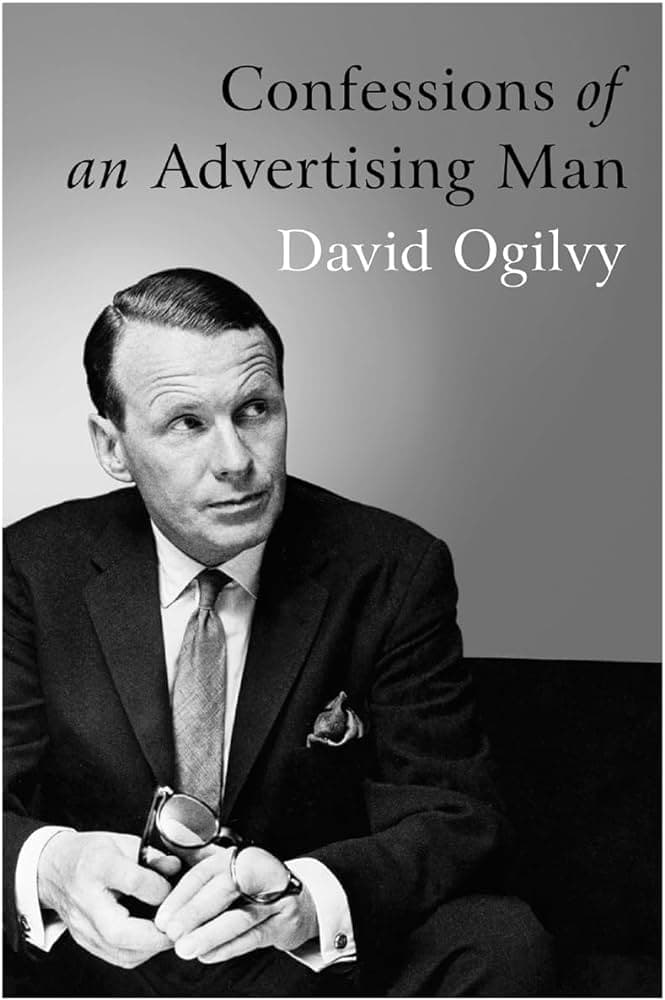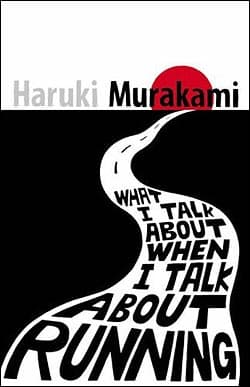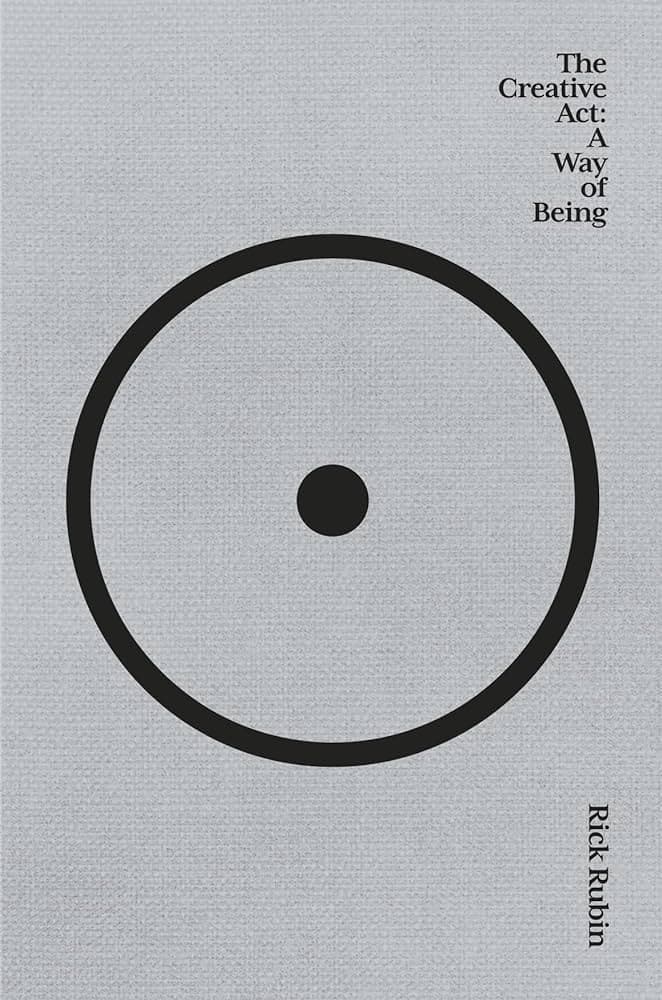📚Best Design Books
This list showcases essential design books that explore the principles and practices of effective design. Covering topics from user experience to branding, these works provide valuable insights for anyone interested in the field of design.
- 0
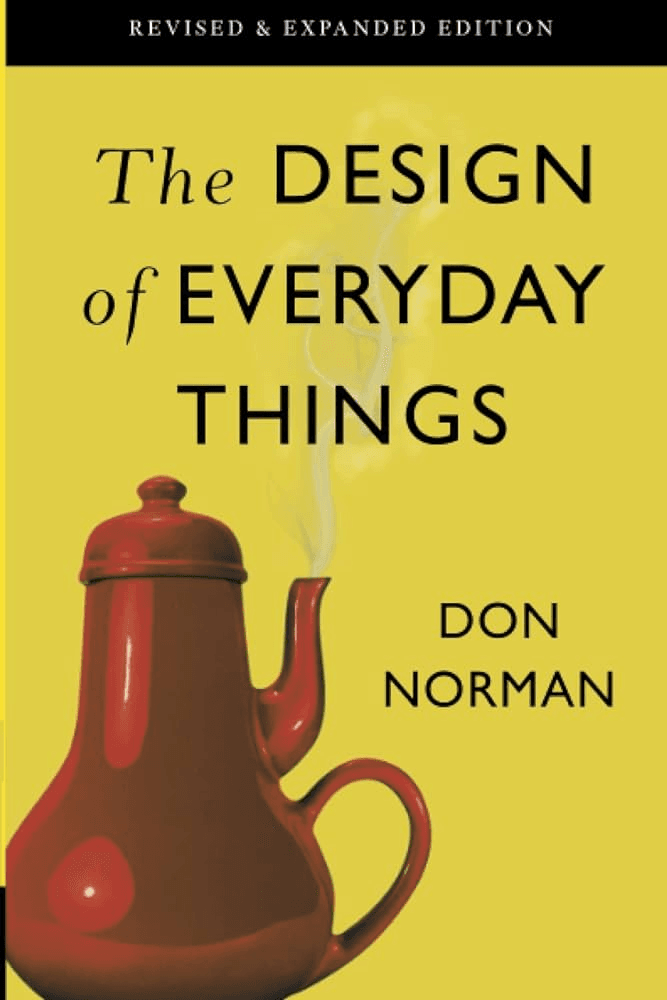
Even the smartest among us can feel inept as we fail to figure out which light switch or oven burner to turn on, or whether to push, pull, or slide a door. The fault, argues this ingenious -- even liberating -- book, lies not in ourselves, but in product design that ignores the needs of users and the principles of cognitive psychology. The problems range from ambiguous and hidden controls to arbitrary relationships between controls and functions, coupled with a lack of feedback or other assistance and unreasonable demands on memorization. The Design of Everyday Things shows that good, usable design is possible. The rules are simple: make things visible, exploit natural relationships that couple function and control, and make intelligent use of constraints. The goal: guide the user effortlessly to the right action on the right control at the right time. The Design of Everyday Things is a powerful primer on how -- and why -- some products satisfy customers while others only frustrate them.
- 0
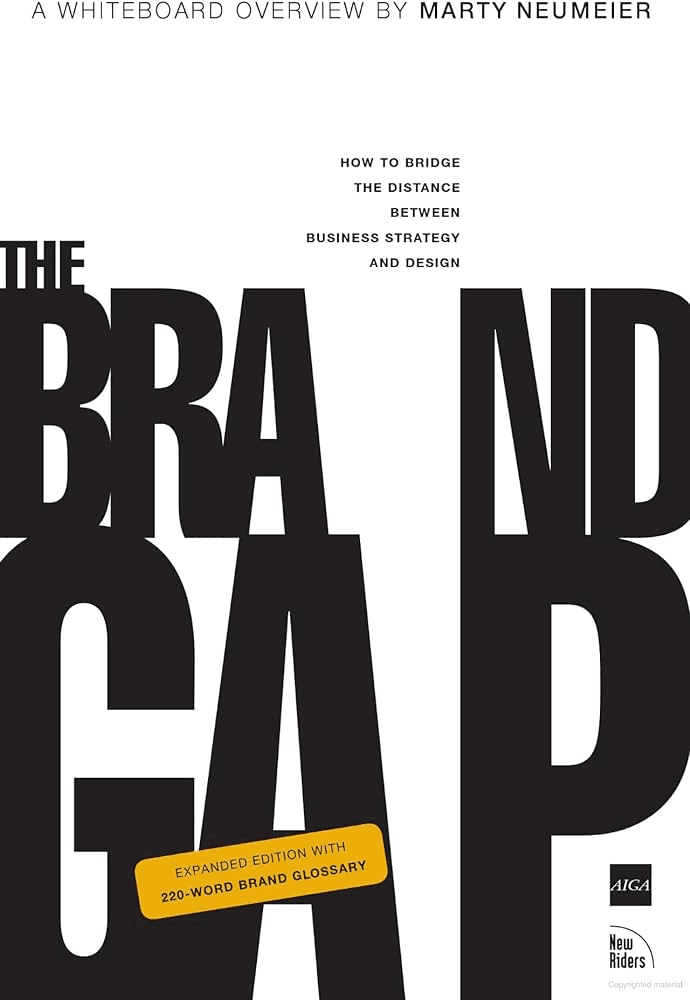
The Brand Gap is the first book to present a unified theory of brand-building. Whereas most books on branding are weighted toward either a strategic or creative approach, this book shows how both ways of thinking can unite to produce a “charismatic brand”―a brand that customers feel is essential to their lives. In an entertaining two-hour read you’ll learn: • the new definition of brand • the five essential disciplines of brand-building • how branding is changing the dynamics of competition • the three most powerful questions to ask about any brand • why collaboration is the key to brand-building • how design determines a customer’s experience • how to test brand concepts quickly and cheaply • the importance of managing brands from the inside • 220-word brand glossary
Frequently Asked Questions
'The Design of Everyday Things' is a seminal book by Don Norman that explores the principles of user-centered design. It emphasizes how poor design can lead to user frustration and highlights the importance of making products intuitive and easy to use. The book provides insights into cognitive psychology and offers practical rules for creating effective designs that guide users effortlessly to the right actions.
'The Brand Gap' by Marty Neumeier is crucial for designers as it bridges the gap between business strategy and design. It presents a unified theory of brand-building, emphasizing the importance of collaboration between strategic and creative thinking. The book outlines essential disciplines of branding and provides insights into how design influences customer experience, making it a valuable resource for anyone involved in branding and design.
Key takeaways from 'The Design of Everyday Things' include the importance of visibility in design, the need to exploit natural relationships between controls and functions, and the use of constraints to guide user actions. The book argues that good design should minimize user frustration and enhance usability by aligning with human cognitive processes.
'The Brand Gap' redefines a brand as a customer's perception of a product, service, or company. It emphasizes that a successful brand is not just about the product itself but also about the emotional connection and experience it provides to customers. The book outlines how effective branding can create a charismatic brand that customers feel is essential to their lives.
